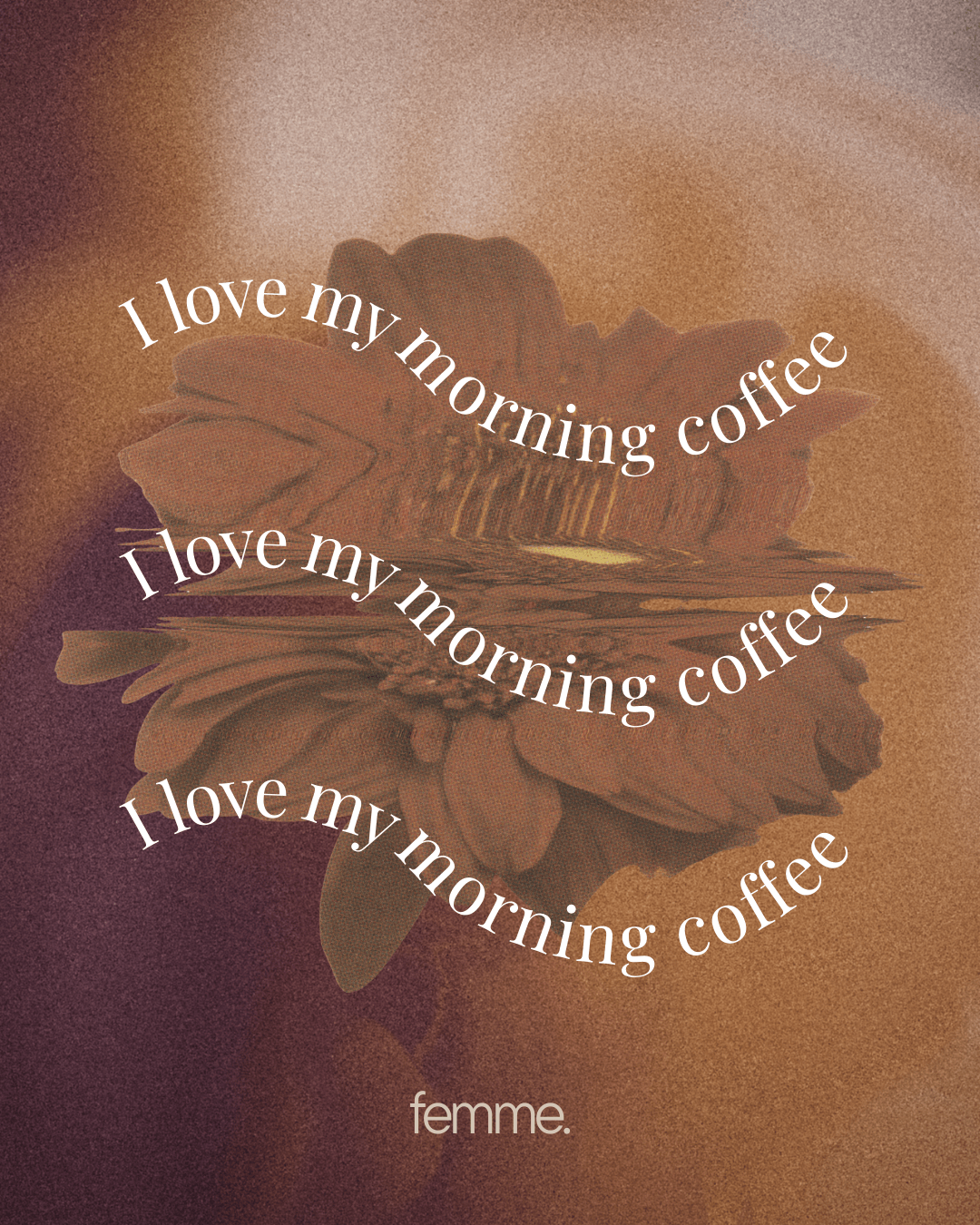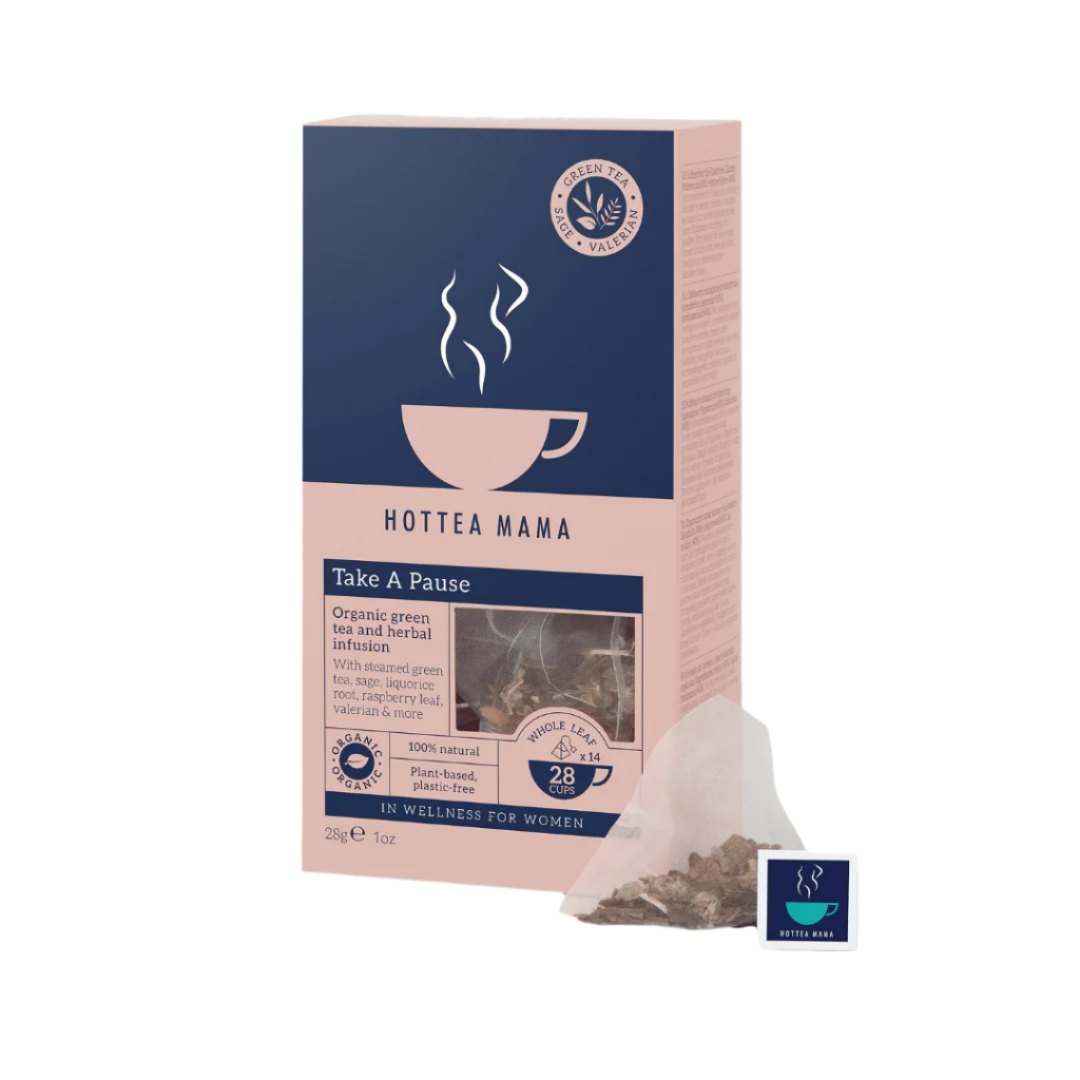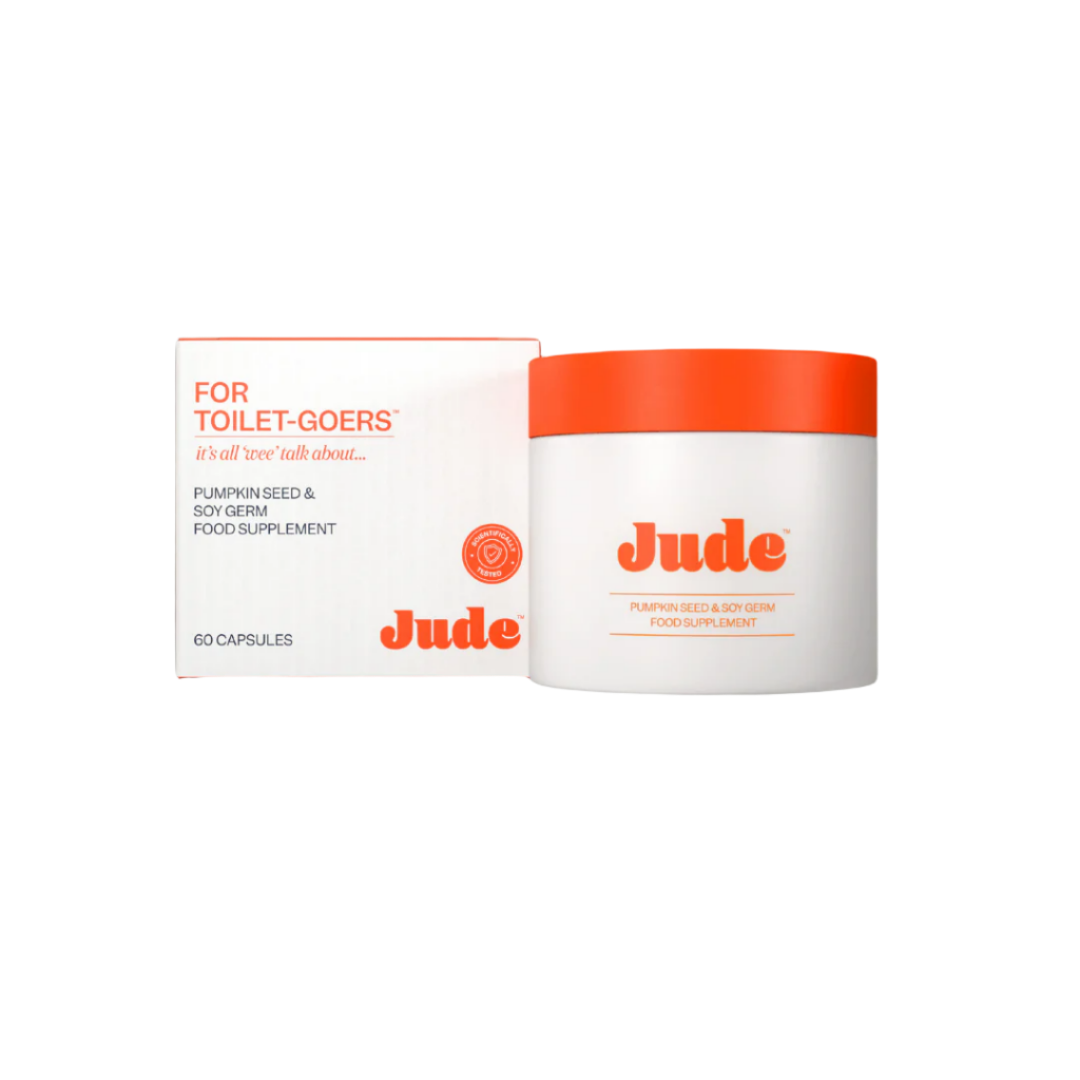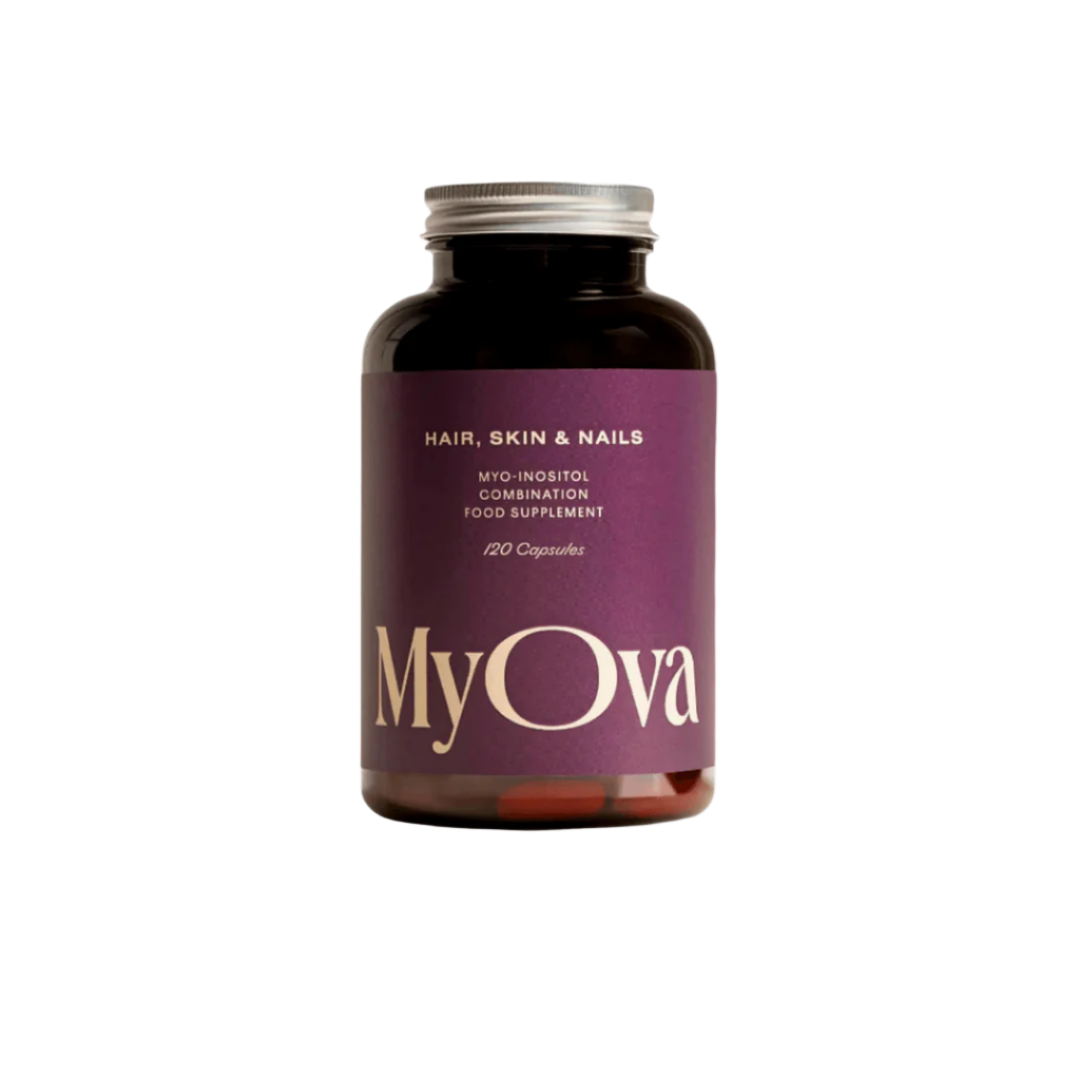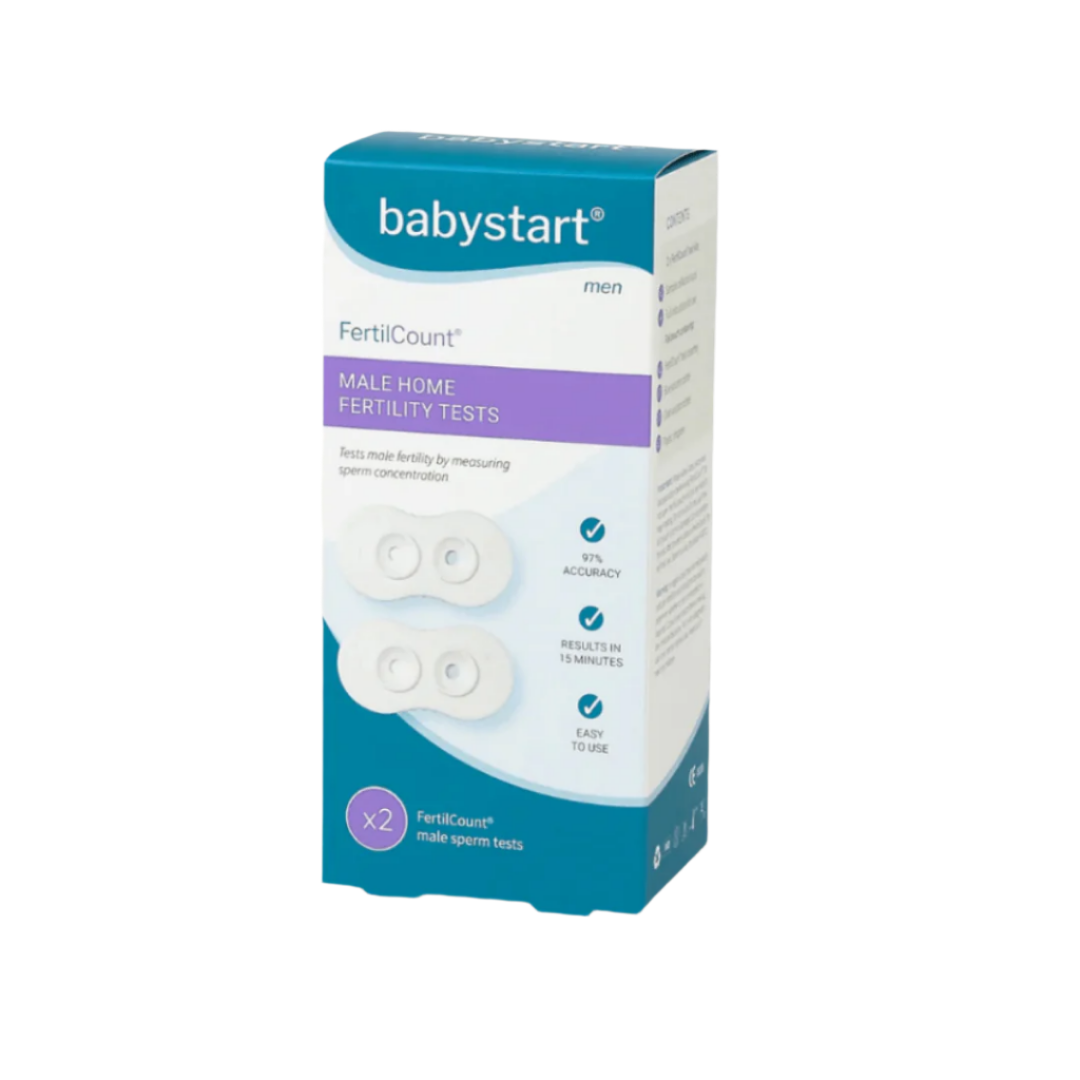Love coffee? Let’s make it cycle-smart
Love coffee but not always the jitters, sleep dips, or hot flushes that can tag along? Your caffeine sensitivity can shift across your menstrual cycle and again in perimenopause and menopause. Here’s a friendly, science-savvy guide to timing, dosing, and swapping your brew so it works with your body, not against it.
This International Coffee Day, we’re sharing all our tips for enjoying your coffee while nuturing your body and hormones throughout your cycle.
Key things to note…
- Sensitivity to caffeine can vary across your cycle.
- Keep coffee to the morning, after food, and avoid for up to 6–8 hours before bed.
- In PMS/luteal and during peri/menopause, try smaller cups, half-caff/decaf, and iced options.
- Track what changes for you (sleep, mood, hot flushes, anxiety, digestion).
Bean Basics
- Caffeine can hang around for 6–8 hours; late cups can nudge anxiety and sleep issues.
- Try coffee 60–90 minutes after waking to avoid stacking on your natural morning cortisol spike.
- Eat first (protein + fibre) and drink water alongside to reduce jitters.
- Everyone’s sensitivity is different - and it can change across your cycle and through midlife.
Brewed Awakening: Time Your Caffeine to Your Cycle
Menstrual Phase (period days)
Lower energy and cramps are common.
- Try: gentler brew, smaller cup, after a protein-rich breakfast.
- If cramps/IBS flare: switch to half-caff, decaf, cacao, or herbal options.
Follicular Phase (energy rising)
Many feel more caffeine tolerant here.
- Try: 1–2 small cups AM only; pair with water.
- If you tend to feel anxious: keep it to one.
Ovulatory Phase (peak energy, sometimes “wired”)
Great vibes… or buzzy.
- Try: one cup mid-morning, skip the second.
- If edgy: half-caff or matcha.
Luteal/PMS (often more sensitive)
Sleep and mood can dip; caffeine may amplify both.
- Try:half-caff/decaf, stop by early afternoon, hydrate well.
- Support: steady meals (protein + fibre) to keep blood sugar calm.
Perimenopause & Menopause
Hot flushes, fragmented sleep, and anxiety can be more caffeine-reactive.
- Try: iced or decaf, smaller cups, always after food, avoid late-PM.
- Track: notice patterns between caffeine and symptoms (more on that below).
How Much Caffeine Is in My Cup?
Typical ranges (brands and brews vary - use these as guides only):
- Espresso (1 shot / 30–40 ml): 60–75 mg
- Brewed coffee (240 ml): 80–100 mg
- Cold brew (350 ml): 150–240 mg
- Instant (240 ml): 60–80 mg
- Decaf (240 ml): 2–15 mg
- Black tea (240 ml): 40–60 mg
- Green tea (240 ml): 20–45 mg
- Matcha (1 tsp): 50–70 mg
- Cacao (1 tbsp): 10–25 mg
Sleep tip: Many people sleep better when their last caffeine is 6–8 hours before bedtime (earlier for those of us who are sensitive to caffeine).
Smart Swaps & Helpful Add-Ons
Swaps: half-caff, decaf, matcha, cacao, chicory/dandelion “coffee.”
Add-ons: cinnamon, milk/protein, ice (for hot flushes), and a water chaser.
Two calmer-caffeine recipes to try:
Cool Calm Latte (decaf, iced)
- 1 shot decaf espresso (or strong decaf coffee)
- Ice + milk of choice
- Pinch cinnamon,
- Drop of vanilla extract
- Optional: a scoop of collagen or protein if it suits you
Cacao Chill (mocha-style, optional decaf)
- 1 tbsp cacao powder
- Milk of choice + ice
- 1 shot espresso (or decaf espresso)
- Whisk or shake until smooth
Our simple cycle & coffee recommendations
- Follicular: 10:00 small latte → water → skip any coffee after 14:00.
- Luteal: 09:30 half-caff flat white after breakfast; herbal tea later.
- Peri/Meno: 11:00 iced decaf with lunch; protect sleep window.
Track Your Response (Simple Check-In)
Pick a week (or two) and jot a quick daily note on:
- Sleep: time to fall asleep, night wakings
- Mood/Anxiety: calm ↔ jittery
- Hot Flushes: frequency/intensity
- Digestion: comfy ↔ crampy/urgent
- Caffeine: what/when/how much
Patterns beat guesswork. If something feels off, scale back, shift timing earlier, or try a swap.
FAQs
How many cups are “okay”?
It depends on your sensitivity and goals. Many feel best at ≤ 1 small cup in luteal/PMS and peri/menopause. In more tolerant phases, 1–2 small AM cups can be fine.
Is decaf “caffeine-free”?
Not entirely - decaf still contains a small amount of caffeine (often 2–15 mg per cup).
What about matcha?
Matcha can feel smoother for some due to L-theanine, but it still contains caffeine (roughly 50–70 mg per teaspoon).
Coffee and Hormones Round-Up
So that's it, there are our tips of coffee and hormones. Coffee can absolutely be part of a hormone-friendly routine - especially when you time it, size it, and tailor it to your current phase. Start with morning-only, after food, wrap by early afternoon, and keep an eye on sleep and symptoms. Your kinder-caffeine sweet spot is personal—and worth finding.


